At some point in your life, you will most likely move. For some it may be to a new residence across town. For others it might be several states away, or perhaps another country. In addition to moving furniture, clothes, and other household items, you’ll need to prepare your trains for transport. In this article, we’ll take a closer look at how to pack trains for moving.
Before packing your models, make an inventory of what you have. Though this may seem like extra work, it’s an important step, especially if items get damaged in transit and you need to submit an insurance claim. Type up the inventory using a word processing program or spreadsheet. Supplement the list with photographs. Check with your insurance agent to find out if further documentation is required.
Also be realistic about what you have space for. If you’re downsizing, moving is a good opportunity to reduce your locomotive and rolling stock fleet. Sell the unwanted inventory at a swap meet, on an internet auction website, or donate it to a local model railroad club.
Keep the original boxes
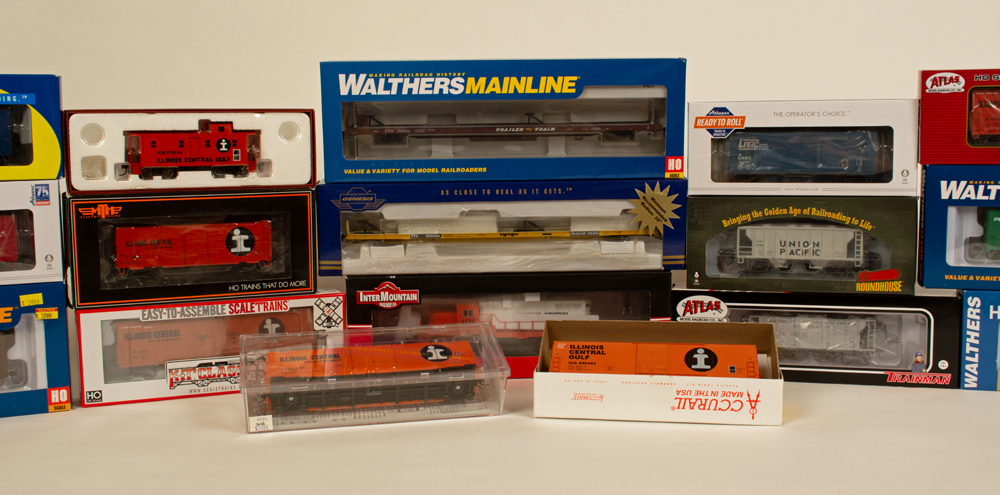
Once you’ve taken inventory of what you have, the next step is to pack your models. If possible, use the original boxes. Many of today’s ready-to-run locomotives and freight cars have plastic clamshells inside the box that keep the model from shifting around inside. In addition to the clamshell, some locomotives may include pieces of foam that fit between body shell and handrails to prevent them from distorting. Many freight cars are wrapped in a thin sheet of plastic to prevent them from rubbing against the clamshell.
What do you do if you don’t have the original box? Accurail offers three-packs of its standard and long kit boxes. Though the boxes were designed for its line of HO scale kits, the boxes will work for other brands and scales.
A-Line offers a Hobby Tote storage container system in HO and N scales. In addition, I found several auctions for empty model train boxes on eBay.
Pack with care
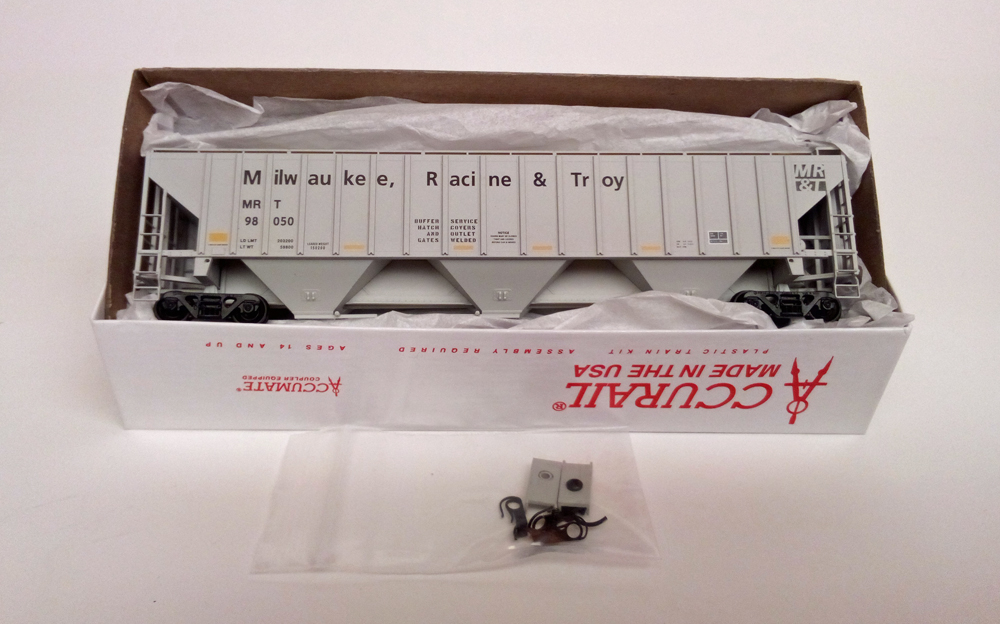
When packing trains for a move, resist the temptation to jam models into boxes. That’s a sure way to greeted by a damaged model when you open the box at your new home. For example, when assembled the Accurail covered hopper shown above won’t fit in its original box. What’s the solution? If you have access to a larger box, use it. If that’s not an option, remove the couplers and draft-gear box covers, put them in a small resealable bag, and place the bag inside the box. Keep the tissue paper included with kit to wrap the model. This will prevent the model from sliding around in the box and help protect the paint.
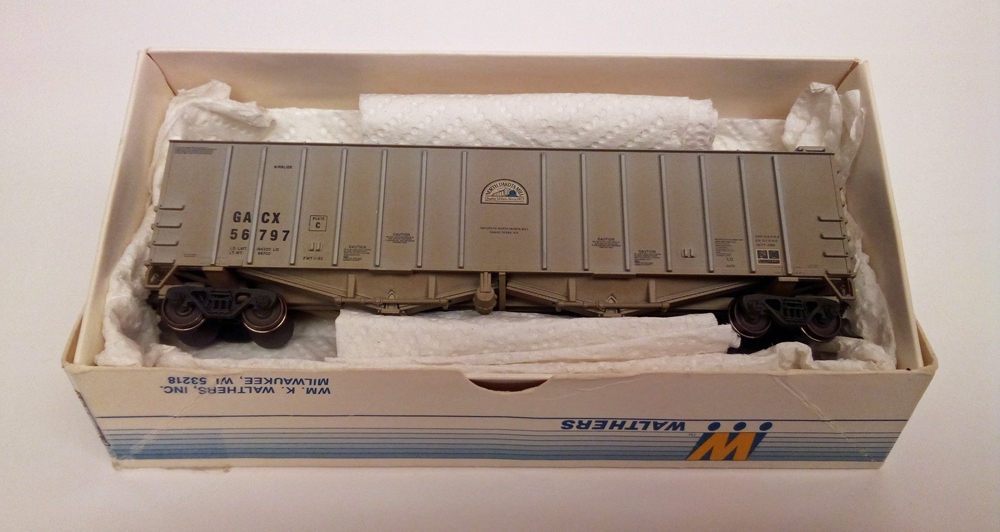
Another consideration is packing materials. Plain tissue paper, newsprint, and paper towels are my go-to items. Avoid materials with printing, like newspaper, as the ink may stain or stick to models.
Foam is another material commonly used for packing trains. However, it can break down over time. Crumbling foam doesn’t protect models as well, and it makes a big mess. In addition, the foam can damage certain materials, as outlined in this article on the Jeff Lemke Trains website.
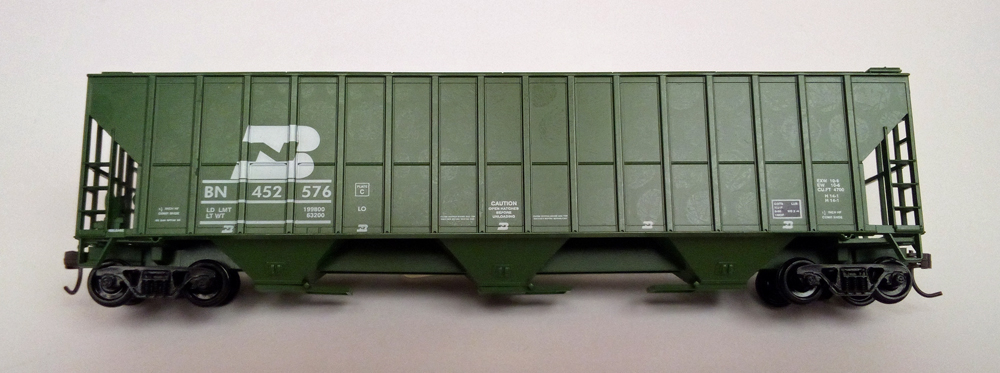
When my brother shipped me some of his model trains several years ago, I was surprised to see that the bubble wrap left impressions on an HO scale Model Die Casting covered hopper. I’m not sure how long the car was wrapped in the material or how the model was stored, but seeing the damage made me shy away from bubble wrap when packing trains.
Safe storage
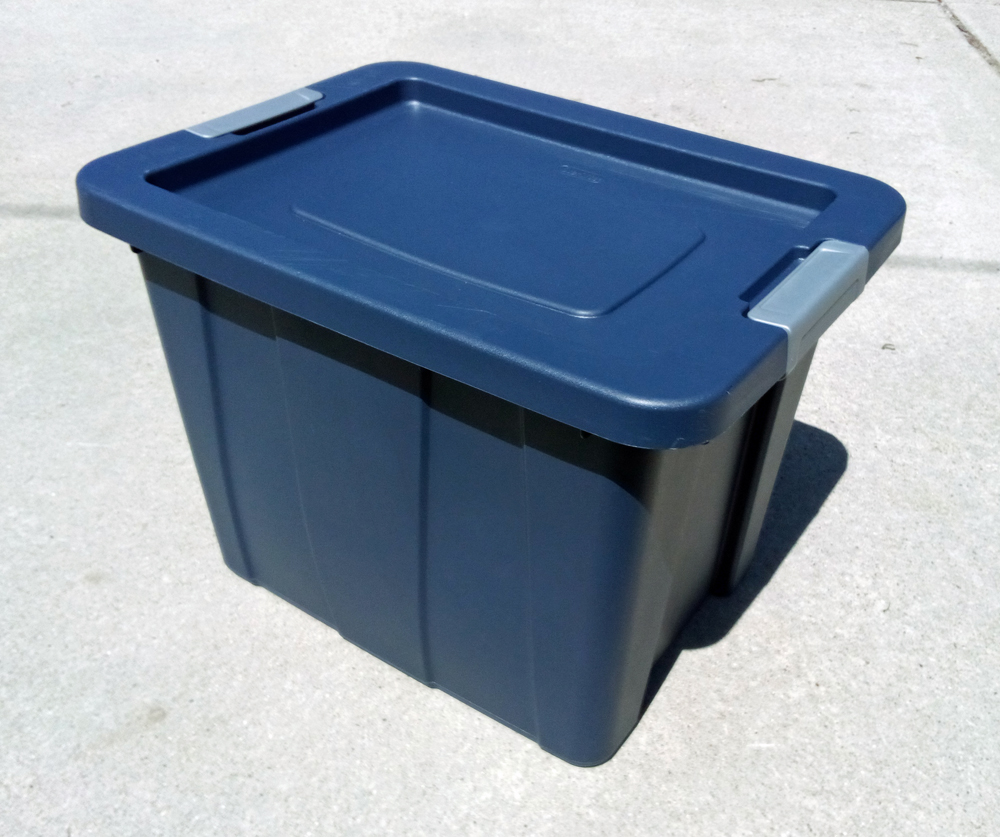
Once you’ve arrived at your new home, your trains will probably be in storage for a while. If possible, keep them trains in a climate controlled room. If you don’t have space at your residence, look for a climate controlled storage unit. Attics, garages, and outdoor storage units that are subject to extreme temperature swings aren’t ideal.
Though cardboard boxes are handy for packing trains for a move, I’m not a fan of them for long-term storage. I like to use latching polyethylene storage totes, such as the Sterilite Tuff1 and Rubbermaid Roughneck. Totes like these are temperature resistant and have recessed lids, making them easy to stack. I’ve found that 10-, 14-, and 18-gallon totes work best for N and HO scale models. Make sure you label the contents of each tote so you know what’s inside.
If a relocation is in your future, I hope these tips on how to pack trains for moving come in handy.













